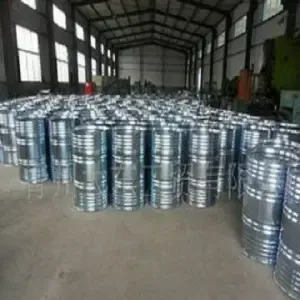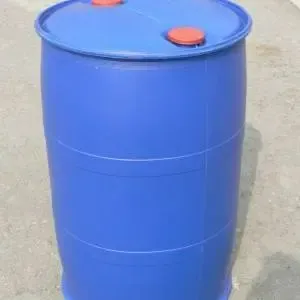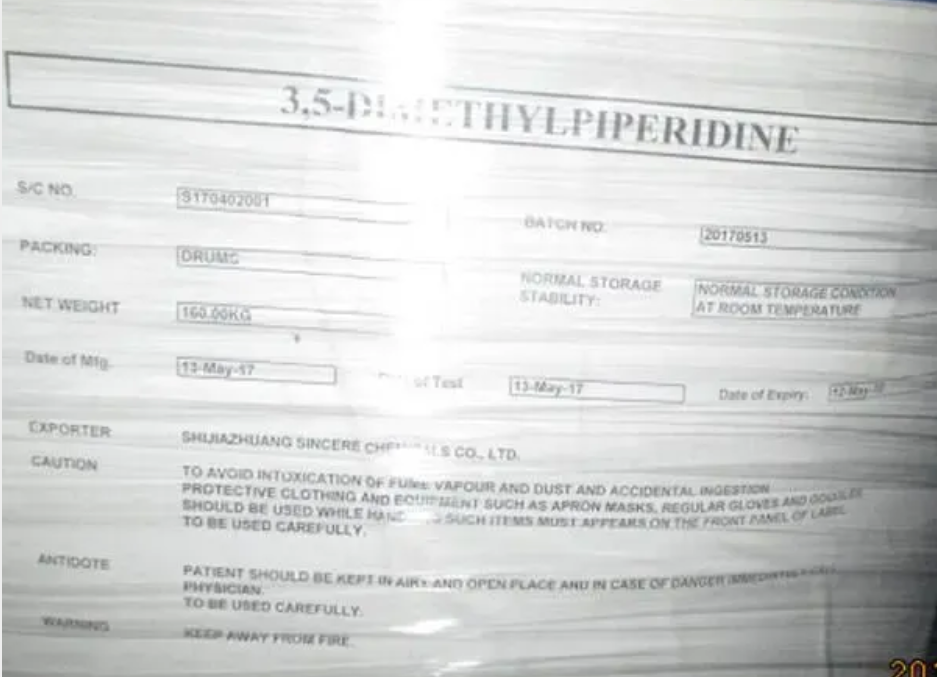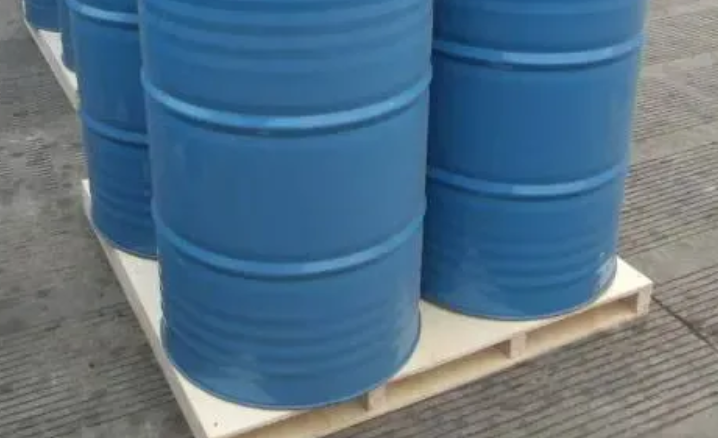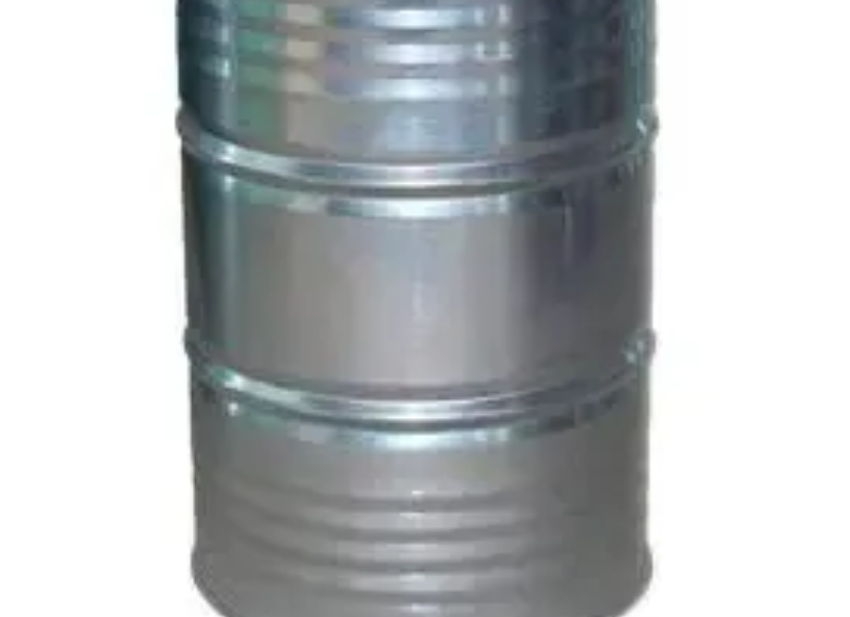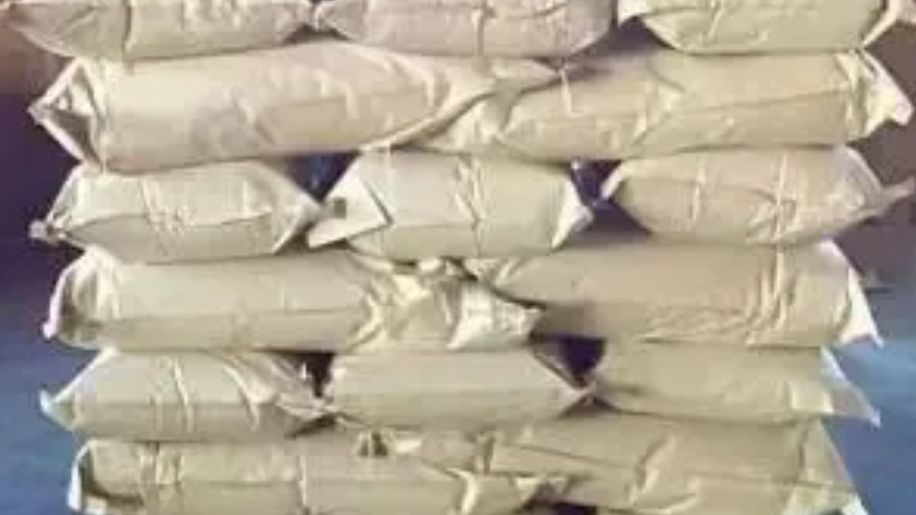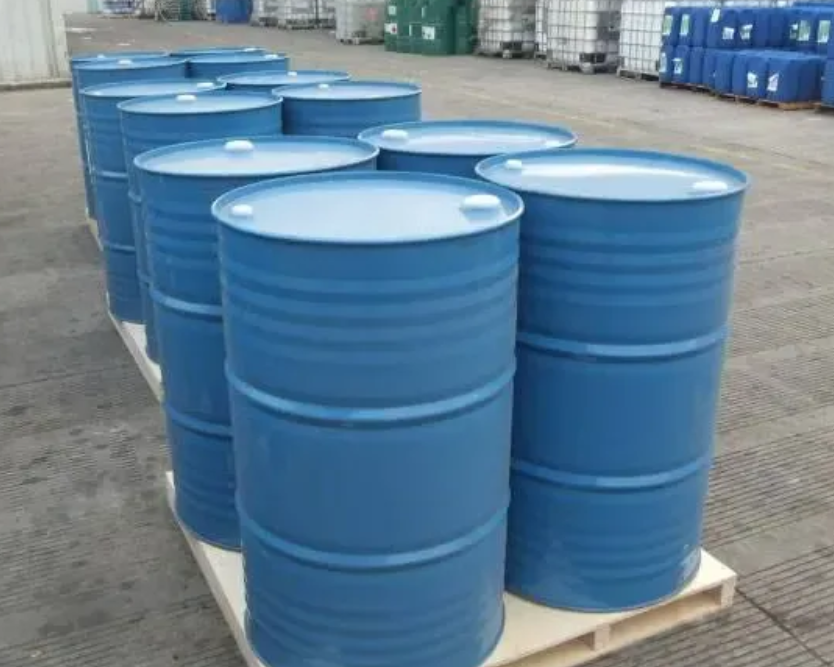sodium carboxy methyl cellulose uses
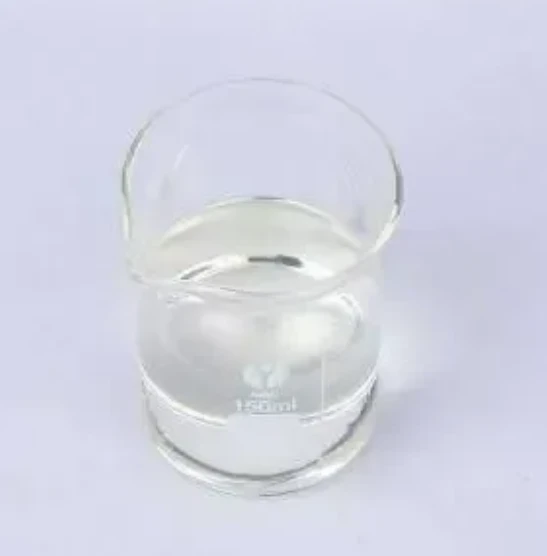
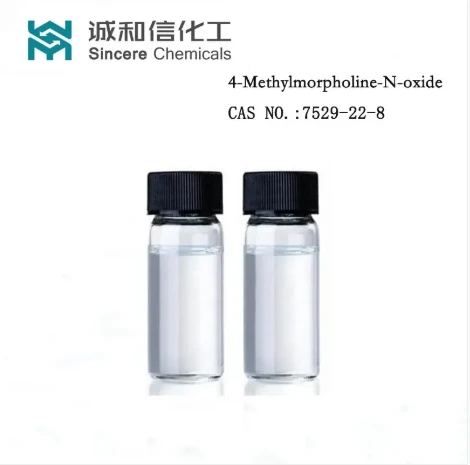
The textile industry integrates sodium carboxymethyl cellulose in the dyeing process, where it acts as a thickener in print pastes. This role is critical for achieving precise patterns and vibrant color schemes on fabrics. By controlling the flow properties of the dye, CMC ensures that colors adhere properly and resist bleeding during the printing process. Despite its widespread use, it's crucial to source sodium carboxymethyl cellulose from reputable manufacturers to ensure consistency, quality, and safety across various applications. Manufacturers need to adhere to stringent quality controls to produce CMC that meets industry standards, ensuring that its performance is reliable and effective. Trustworthiness arises from transparency in manufacturing processes and a commitment to quality assurance, which is why working with certified producers can greatly enhance product efficacy. Moreover, environmental sustainability is increasingly becoming a priority in CMC production. Companies are continually exploring eco-friendly methods of producing CMC, emphasizing biodegradable sources and minimal waste. This shift not only benefits the environment but also appeals to informed consumers and industries aiming to reduce their ecological footprint. In conclusion, sodium carboxymethyl cellulose stands as a testament to the incredible potential of modifying natural compounds to meet industrial needs. Its capacity to improve texture, stability, and performance has established it as an industry staple. Whether it’s enhancing the quality of everyday food products, ensuring the efficacy of pharmaceutical formulations, or improving the textures of cosmetics, CMC's contributions are invaluable. Opting for high-quality, sustainably produced CMC not only underscores a commitment to superior product development but also aligns with a broader aim towards sustainable industrial practices.
Post time: Mac . 06, 2025 11:53











